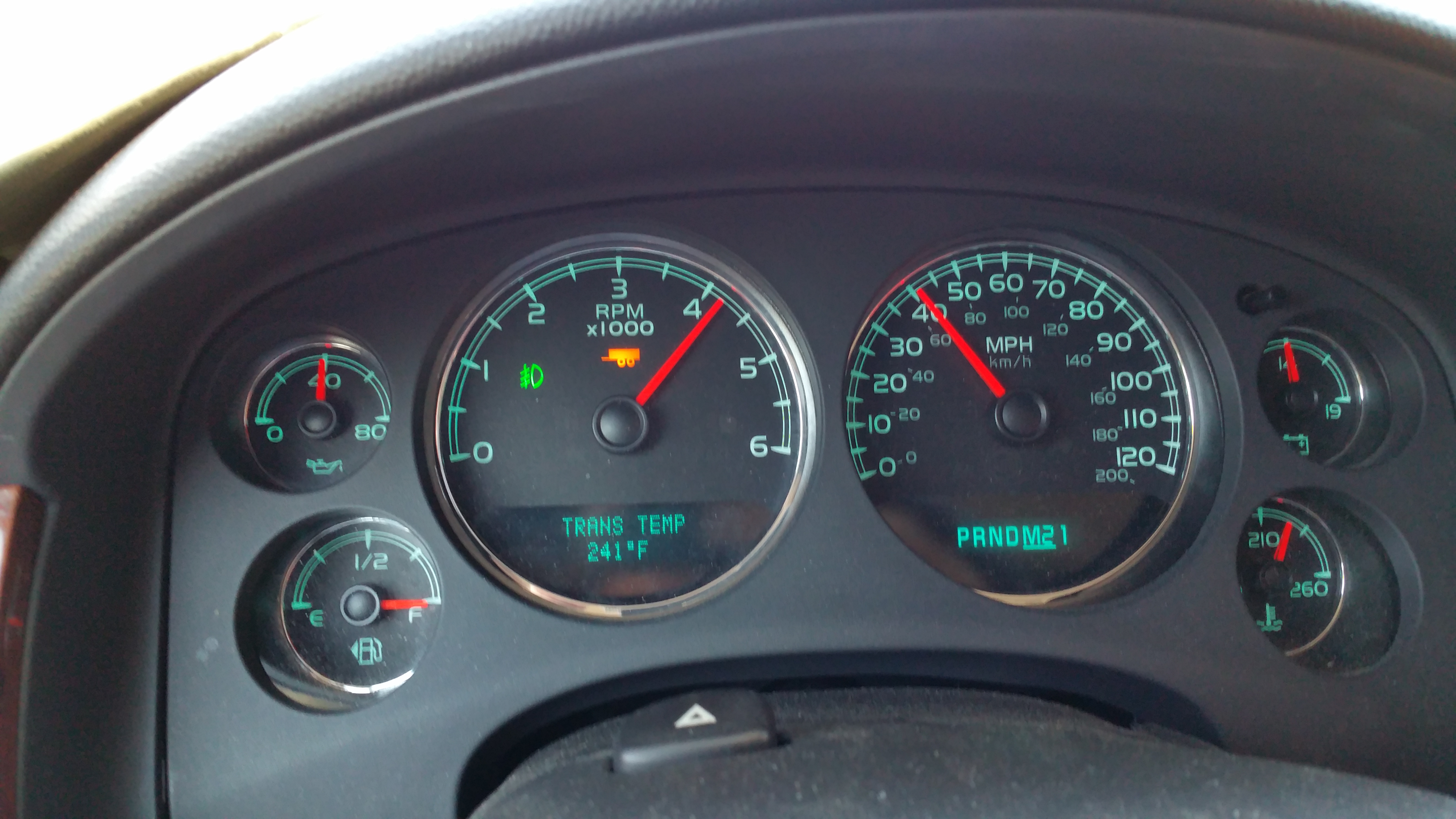Your engine temps are warmer than normal and it seems you just stopped due to the full tank. Have you replaced the water pump in the truck or cooling system flush with 190k miles on the truck? You say you only spent $150 on maintenance so I'm assuming it's still all original.
With that kind of mileage I would have at least replaced the water pump, flushed the cooling system and put a Tru cool 40k trans cooler on it. Even if the truck can survive that kind of abuse why run at those temps if you don't have to?
Sent from my SAMSUNG-SM-T377A using Tapatalk
Edit: Read what I typed. I didn't say I've spent $150 on maintenance. I said I've spent $150 on repairs - as in something broke and I had to fix it. I've probably spent at least $1000 alone on fluid changes. At 200k, I'll do all fluids again - trans, transfer, and both axles.
Coolant was done when I bought the truck with 100k miles. I'll probably be doing it again after I roll 200k.
That picture was the absolute extreme case. I took the picture just to capture what I knew was the worst case the truck would ever see. Plus, I just like to freak people out on the internet.

You are correct - we had just stopped for gas in Silverthorne, and were making the final push up to the Eisenhower tunnel. Elevation over 11,000 feet, grades as steep as 7%, and I seem to recall I had the accelerator on the floor a lot of the time. At that altitude, the engine is making about 30% less power, so my beastly 6.0 with 350 hp is now wheezing out about 250 horsepower. Add to that my GVW was right at 16,000 lbs, and the truck seemed to be reasonably happy at 4000 RPM in 2nd gear doing 40. I had lots of company, as many semis were going about the same speed, or even slower.
I don't see the point in adding a bigger trans cooler, when I've done that to the truck exactly 3 times climbing the various passes in the Rockies - Eisenhower once, Powder River (9666') twice. 99.9% of the time, the transmission is below 210°. And I flush the transmission religiously every 50k miles. Ditto for the engine - it's actually creepy how the needle never moves off 210° except in the absolute worst cases.
The first time we went to the Rockies, I talked to my friend who is the transmission validation engineer at GM. I expressed my concern about the 230°-240° temperature I saw on the ascent. He actually worked on validating the 6L80/90 transmissions back in 2006. He said "Don't worry about it. We did much worse in validation."
This is the reason I upgraded to a 2500 truck. People wrongly assume that since the 1500 and 2500 Suburbans share the same body, that the 2500 is simply a 1500 that's been "beefed up" a bit. Couldn't be further from the truth. Beneath the body, the two trucks are completely different. Almost zero shared components - completely different frame, engine, transmission, suspension, steering, brakes, springs (torsion front, leaf rear, like GMT800), axles, and wheels. The rear axle in my Suburban is the 10.5" freefloater from American Axle. AA rates the axle to 8600 lbs. My Suburban has an 8600-lb GVWR. Think that's a bit of overkill? The 2500 Suburbans were built for one purpose - towing. And GM did a good job.

